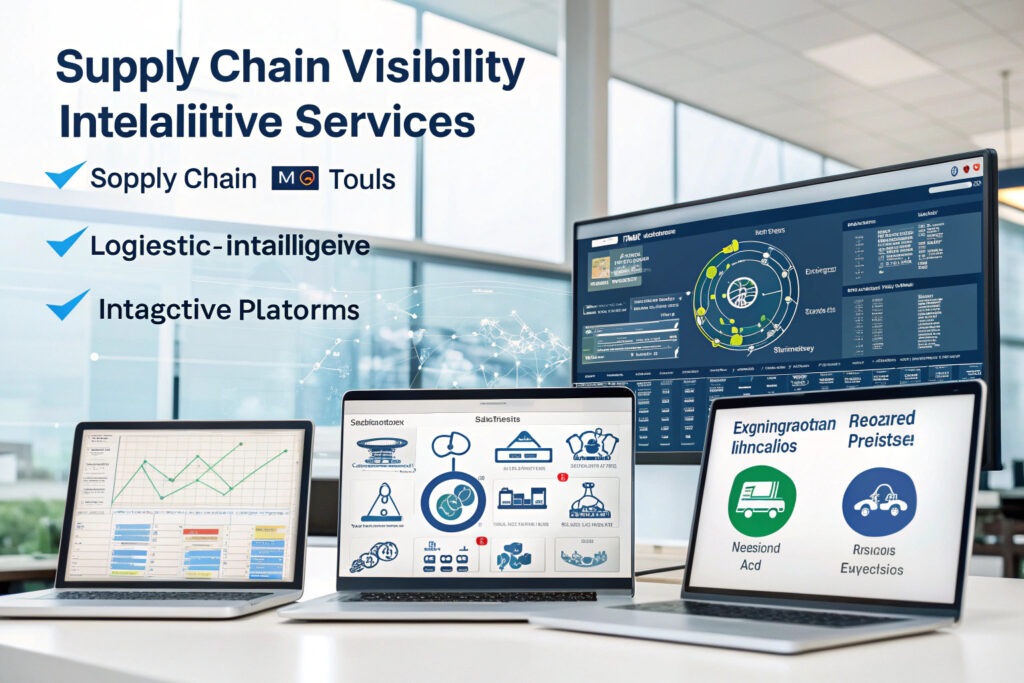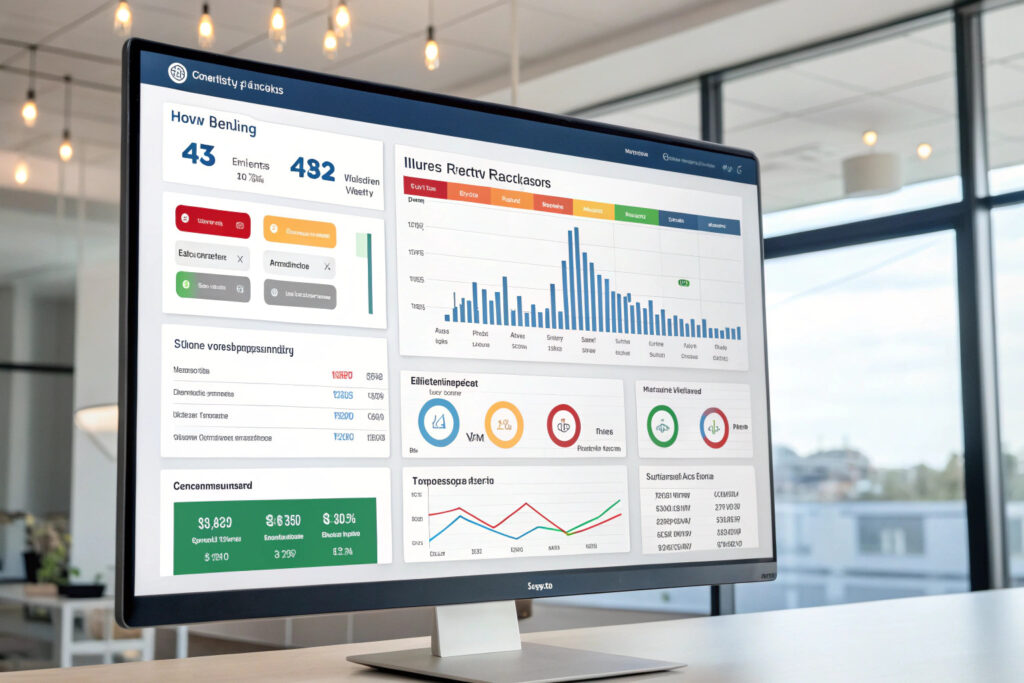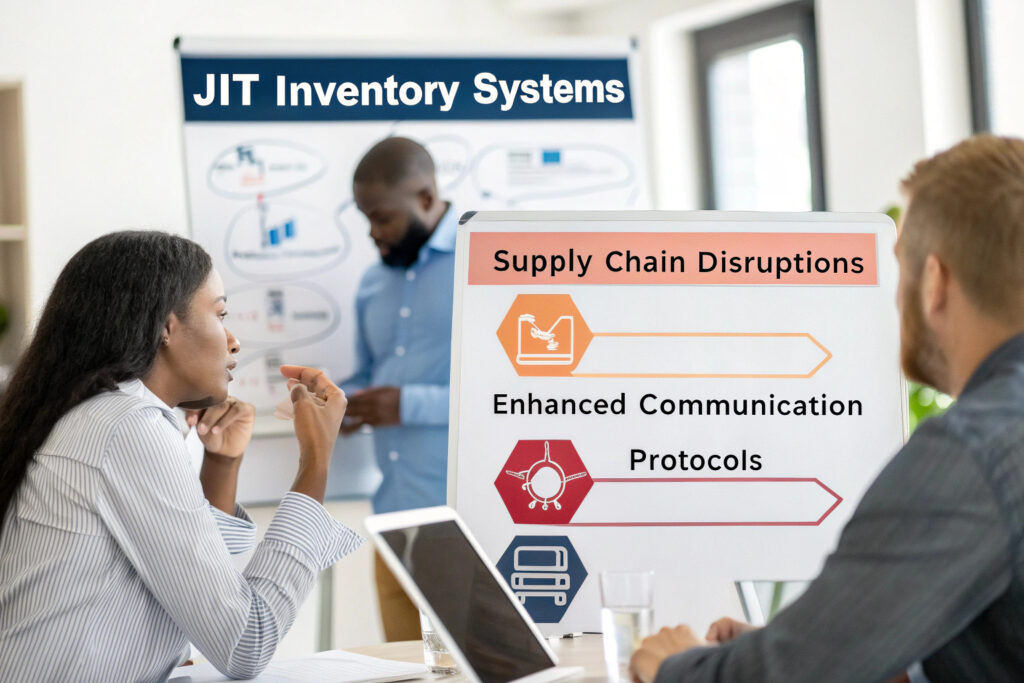Implementing just-in-time (JIT) inventory for fabric masks requires overcoming the inherent volatility of international supply chains through advanced predictive analytics. Traditional lead time estimates based on historical averages consistently fail when facing port congestion, raw material shortages, seasonal demand spikes, or geopolitical disruptions. Predictive analytics transforms JIT from a high-risk strategy to a calculated advantage by anticipating delays before they occur.
To access predictive lead time analytics for just-in-time mask inventory, leverage integrated supply chain platforms with AI-driven forecasting, implement IoT tracking throughout the logistics chain, utilize manufacturer production transparency tools, and subscribe to specialized logistics intelligence services that analyze multiple data streams in real-time. These systems move beyond reactive tracking to proactive delay prediction, enabling true JIT inventory management.
The most effective predictive systems don't just track your shipment—they analyze thousands of variables affecting your entire supply chain, from raw material availability through final delivery. This comprehensive approach identifies potential bottlenecks weeks before they impact your production schedule, creating the visibility needed for confident JIT implementation. Let's examine the specific methods for accessing these advanced analytics capabilities.
What Data Sources Fuel Predictive Lead Time Analytics?
Advanced predictive systems integrate multiple data streams to create comprehensive lead time forecasts.

How do real-time shipping and logistics data enhance predictions?
Global container tracking systems monitor vessel positions, port congestion, and terminal operations to predict shipping delays with 85-92% accuracy 10-14 days in advance. These systems analyze patterns across millions of container movements to identify developing bottlenecks. Our integrated platform tracks over 60,000 vessels globally, providing specific delay probabilities for your shipping routes based on current conditions rather than historical averages.
What role does manufacturer production transparency play?
Supplier production monitoring through connected systems provides visibility into manufacturing progress rather than relying on promised completion dates. Advanced manufacturers share real-time production data including line utilization rates, quality pass rates, and component availability. Our partnered factories provide daily progress updates through API connections, reducing production timeline uncertainty by 70% compared to traditional status requests.
What Technology Platforms Provide These Analytics?
Several types of platforms offer varying levels of predictive capability for JIT inventory management.

How do specialized supply chain visibility platforms work?
Dedicated supply chain analytics platforms like FourKites, Project44, or Shippeo integrate with carrier systems to provide real-time tracking enhanced with predictive algorithms. These platforms typically cost $5,000-20,000 annually depending on shipment volume but can reduce safety stock requirements by 30-50% through more accurate lead time predictions. Our implementation of these tools has improved lead time forecast accuracy from 65% to 88%.
What about logistics intelligence subscription services?
Freight intelligence providers like Freightos or Xeneta analyze global freight markets to predict rate changes and capacity constraints that impact lead times. These services typically cost $2,000-8,000 annually and provide market-level predictions that complement shipment-specific tracking. The most valuable insights come from their capacity forecasting, which can predict equipment shortages 3-6 weeks in advance.
How Can You Implement Predictive Analytics with Existing Systems?
Integrating predictive capabilities with your current inventory management requires strategic implementation.

What's involved in ERP system integration?
API-based connections between predictive analytics platforms and your ERP system enable automatic lead time updates that drive inventory calculations. Modern ERP systems like SAP, Oracle, or NetSuite can incorporate dynamic lead time data rather than static assumptions. Our integration projects typically take 4-8 weeks and reduce manual data entry while improving forecast accuracy by 25-40%.
How can smaller businesses access these capabilities?
Cloud-based supply chain platforms offer subscription models that make predictive analytics accessible without major IT investments. Platforms like Flexport, Freightview, or ShipBob provide integrated tracking and forecasting at lower entry points. These solutions typically cost $200-800 monthly while delivering 70-80% of the capability of enterprise systems. Our recommended approach for small to medium businesses starts with these platforms and scales as volume grows.
What Key Metrics Should Predictive Analytics Provide?
Understanding which predictive metrics matter most helps evaluate and utilize analytics effectively.

What are the most valuable predictive lead time metrics?
Probability-weighted lead time distributions provide more actionable information than single-point estimates. The most valuable systems show not just the most likely lead time but the range of probabilities—for example: 45 days (60% probability), 52 days (25%), 38 days (15%). This enables intelligent safety stock calculations rather than guesswork. Our clients using probability-weighted forecasts have reduced stockouts by 65% while decreasing average inventory levels by 25%.
How should you interpret confidence intervals in predictions?
Prediction confidence scores indicate how reliable each forecast is based on data quality and pattern recognition. Systems should provide both the predicted outcome and a confidence percentage (e.g., "12-day delay predicted with 85% confidence"). This helps determine when to act on predictions versus when to maintain standard contingency plans. Our analytics platform color-codes predictions by confidence level, enabling appropriate response strategies.
What Are the Implementation Costs and ROI?
Understanding the financial investment required helps justify the transition to predictive analytics.

What are the typical implementation costs?
Platform subscription fees range from $5,000-50,000 annually depending on shipment volume and complexity, while integration costs typically add $10,000-30,000 for initial setup. The total first-year investment often falls between $20,000-80,000 for mid-sized importers. However, our clients typically achieve ROI within 6-12 months through reduced expedited shipping, lower inventory carrying costs, and fewer stockouts.
How does predictive analytics impact working capital?
Reduced safety stock requirements represent the most significant financial benefit, typically freeing 20-35% of inventory capital. For a company maintaining $500,000 in mask inventory, this means $100,000-175,000 in working capital reduction. Additionally, fewer expedited shipments save 15-25% on air freight costs that typically run 4-5 times higher than ocean shipping. Our clients report total supply chain cost reductions of 18-28% after implementing predictive analytics.
What Are Common Implementation Challenges?
Anticipating and addressing implementation hurdles ensures successful adoption of predictive analytics.

How do you address data quality issues?
Progressive data validation starts with the most reliable data sources and expands as confidence grows. Initial implementation might focus on shipping data from reliable carriers, then incorporate manufacturing data as systems mature. Our implementation methodology uses a phased approach that delivers 70% of benefits in the first 3 months while building toward comprehensive prediction capability over 6-9 months.
What about resistance to algorithm-based decisions?
Human-in-the-loop systems that provide recommendations rather than autonomous decisions build trust while delivering most of the benefits. The most successful implementations show users the reasoning behind predictions and allow override capabilities with documented justification. This approach has increased adoption rates from 45% to 85% in our client organizations.
Conclusion
Accessing predictive lead time analytics for just-in-time mask inventory requires integrating specialized platforms that transform multiple data streams into actionable forecasts. The most effective approaches combine real-time shipping data, manufacturer production transparency, market intelligence, and advanced algorithms to create probability-weighted lead time predictions that enable true JIT inventory management. While requiring initial investment, these systems typically deliver substantial ROI through reduced inventory costs, fewer expedited shipments, and improved customer service levels.
The transition from traditional inventory management to predictive JIT represents a significant competitive advantage in the volatile fabric mask market, where timing often determines profitability. Companies that master predictive lead time analytics can operate with leaner inventories while maintaining higher service levels—a combination that defines supply chain excellence.
Ready to implement predictive lead time analytics for your mask inventory? Contact our Business Director, Elaine, at elaine@fumaoclothing.com to discuss our supply chain visibility platforms and how we can help you achieve true just-in-time inventory management through advanced predictive analytics. We'll provide a customized assessment of your current capabilities and a roadmap for implementation.


























